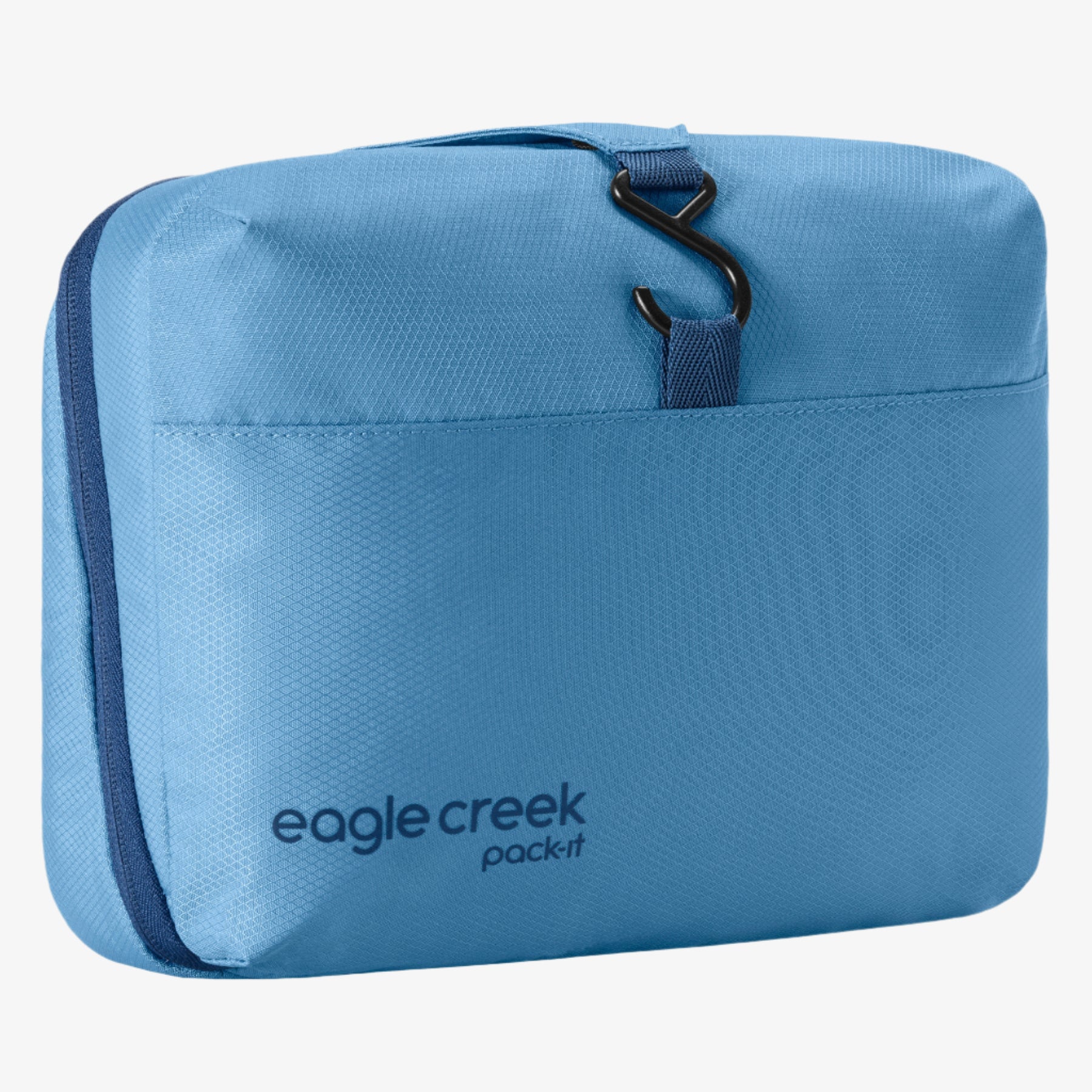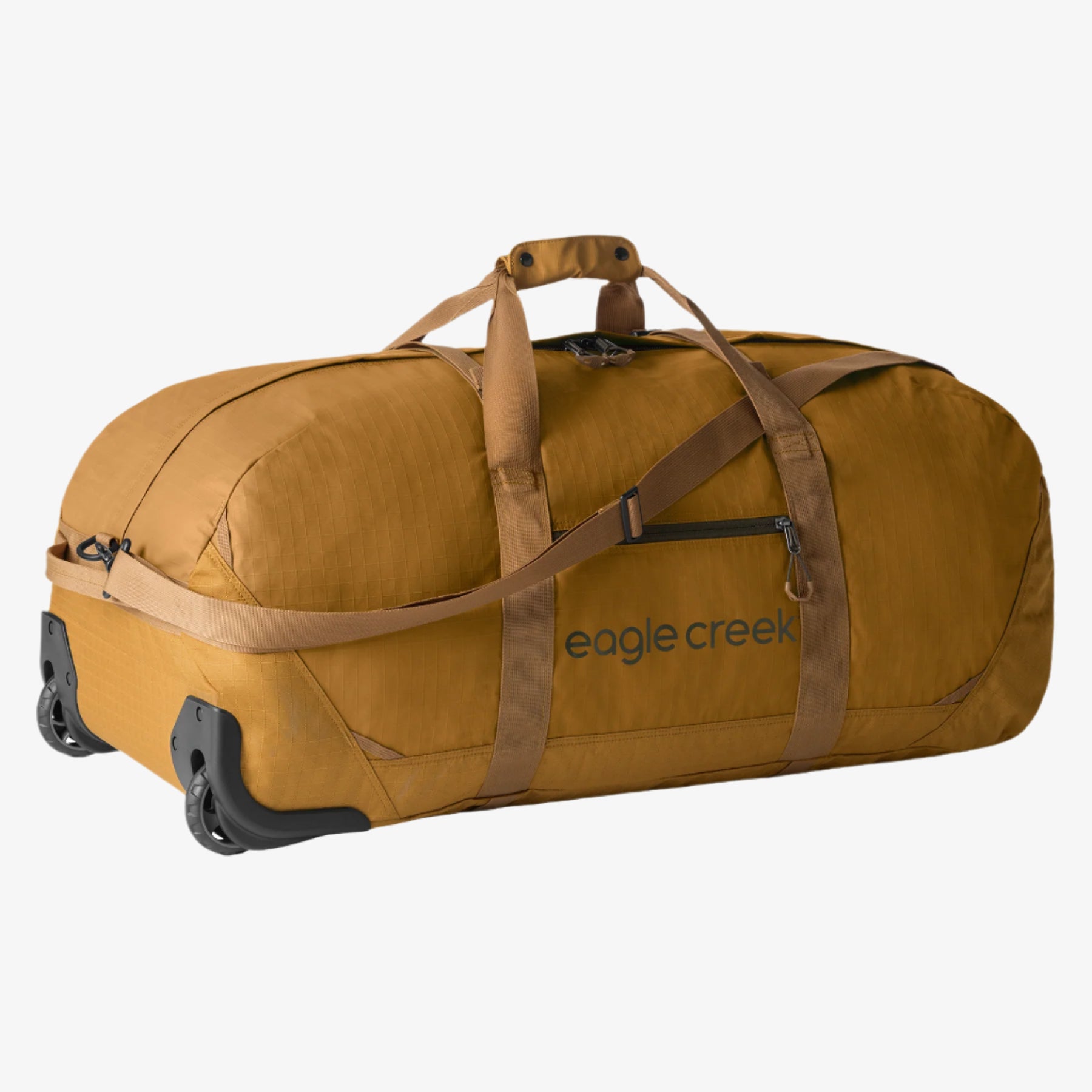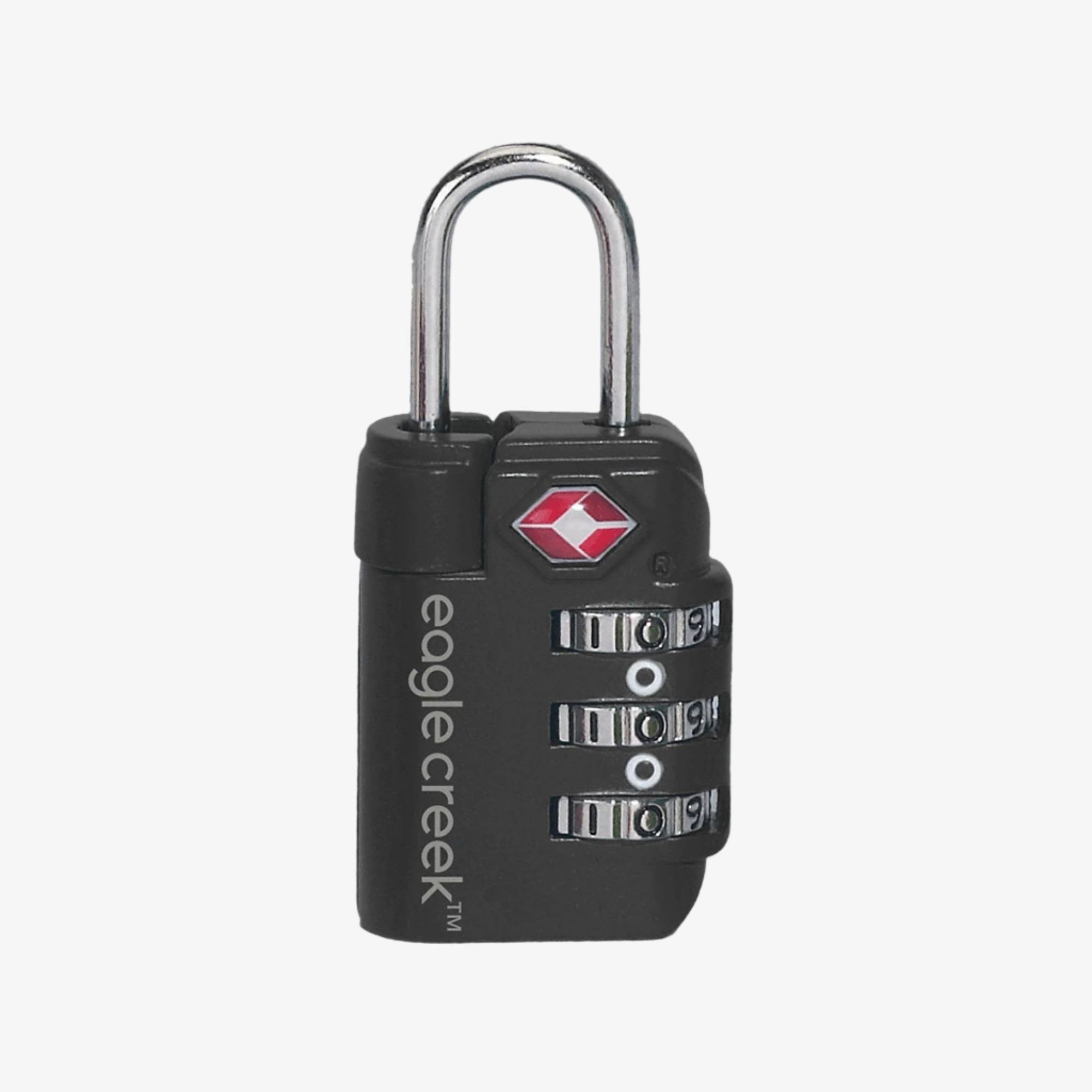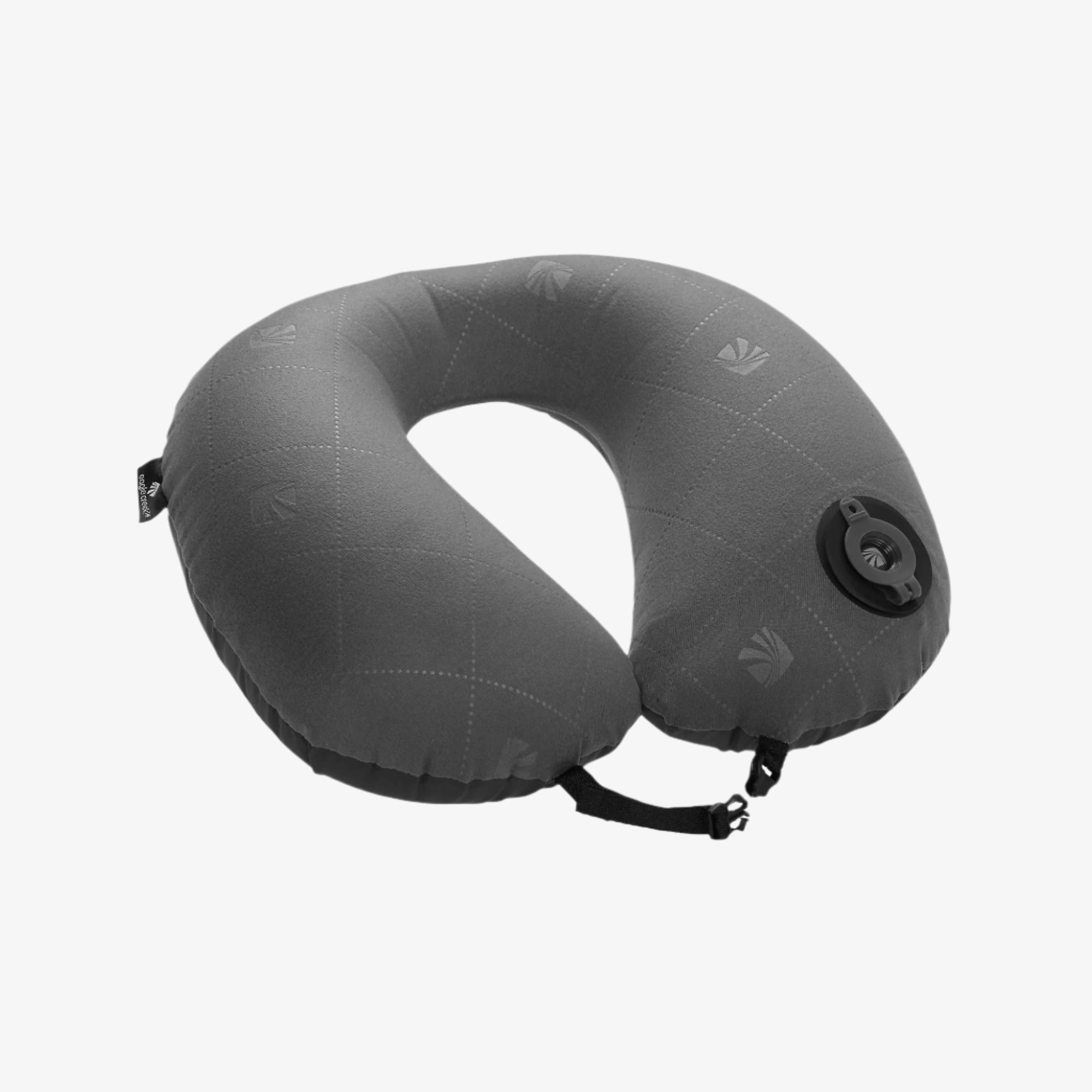Your Intro Guide to Stand Up Paddleboarding (SUP)

PADDLEBOARDING IS DEFINITELY THE LATEST HOT ADVENTURE WATER SPORT. INTERESTED IN TRYING THIS WILDLY POPULAR WAY TO HIT THE WATER? HERE ARE SOME HELPFUL THINGS TO KNOW BEFORE YOU STAND UP ON YOUR BOARD.
Paddleboarding, also known as stand up paddleboarding or SUP, is becoming increasingly popular with both adventure enthusiasts and leisure travelers. Not sure you have what it takes to glide on water? With the right amount of confidence and a bit of know-how, you’ll be a pro stand up paddleboarder in no time.
Getting Started
Imagine stand up paddleboarding as a mix between kayaking and surfing. Like surfing, you’ll be standing up on a board in the water, however, you won’t need any serious waves to have fun. In fact, if this is your first time paddleboarding you may want very calm, water like a lake or lagoon. While this may sound easy, you’ll be able to easily perfect your technique and still be getting a total-body workout, as paddleboarding works your core, endurance, flexibility, coordination, balance and even exercises your mind. To stand up on the board, start out in calm water to practice your balance. Walk until the water is to your knees and have the paddle resting across the board with the blade touching the water. From here, grip both edges of the board and climb on, kneeling on the board right below its center. Keep your hands gripping both edges of the board to keep balanced. Now, head into deeper water and when you feel comfortable, stand up by placing each foot, one at a time, where your knees had previously been. Your toes should be pointed straight and parallel about hip-width apart. For increased stability, put the paddle blade in the water. [1] Learning to standup paddleboard isn’t just about knowing how to stand on the board, but also what to do once you’re standing. At this point, you should have one hand on the top of the paddle and the other about 1/3 down on the upper-middle of the handle shaft. Keep in mind, when you paddle on the right side of the board your left hand should be at the top of the paddle and vice versa. To move forward, bring your paddle toward the front of the board about 1.5 feet in front of you, place it in the water and pull back and out of the water, bringing the paddle back to the front to repeat. Make sure to look up and in the direction you want to go. If you want to increase your speed, make sure to use strength from both hands when pulling the paddle backward.
Common Mistakes & How To Avoid Them
- Choosing The Wrong Equipment If it’s your first time, your best bet is to rent your gear and have a shop expert help you find the perfect fit, as boards vary and should be chosen based on the individual’s size and experience. Remember that wide, flat boards that are about 30 inches wide tend to offer more stability. As for paddles, choose one that’s about 8 inches taller than you, as some experts recommend 6” to 8” taller, while others advise for 8” to 10” taller. And most importantly, remember to wear a personal floatation device when paddleboarding in navigable water, as it’s required by the US Coast Guard. One thing to remember when bringing your board to the water is it’s not made of steel. Treat it gently and avoid throwing it around carelessly and dropping it on concrete to ensure a longer return on your investment.
- Looking Down There are a few mistakes often made by beginner paddleboarders. The most common mistake is standing with your legs straight and staring down at your feet. Instead, your legs should be slightly bent with toes straight and you should be looking straight ahead. For help with balance, choose a point on the horizon and focus on it.
- Focusing On Your Arms When first starting out, it’s easy to forget the rest of your body and just focus on your arms. Remember SUP is a total-body workout. Your core, hips and legs are very important in maintaining balance and support, so don’t forget to use them.
- Incorrect Gear Placement Even if you have the right gear, you need to make sure you’ve assembled it correctly and are using it properly. In terms of the board’s fin(s), ensure they are facing the right way by inserting them to face the back of the board. Moreover, to correctly hold your paddle it should be in front of you with elbows bent at 90 degrees. One hand should be gripping the top and the other about halfway down the handle. As for the blade, it should be angled facing away from your body.
- Forgetting About Safety While you may be eager to try your new skill in more difficult waters, wait until you’ve had enough practice. Your first few times should be done with a trained instructor so you can really understand the basics. Additionally, it’s best to participate in water sports in a group or where there are people around who can help in case of emergency. Stand up paddleboarding is a great way to have fun while getting an incredible workout, so, although it may be challenging at first, don’t forget to enjoy yourself while trying this incredibly popular activity!







































